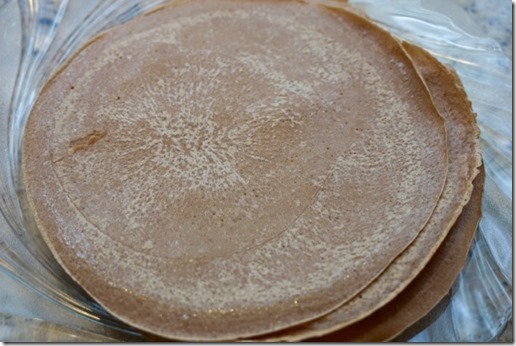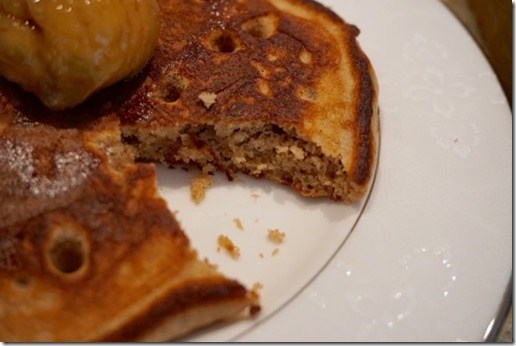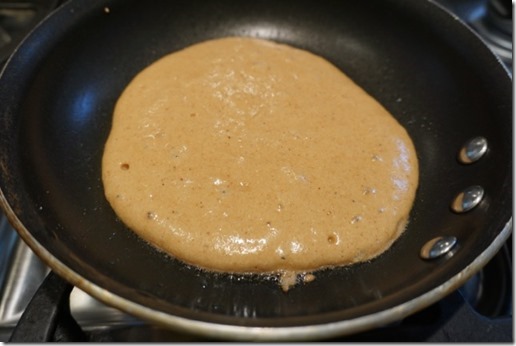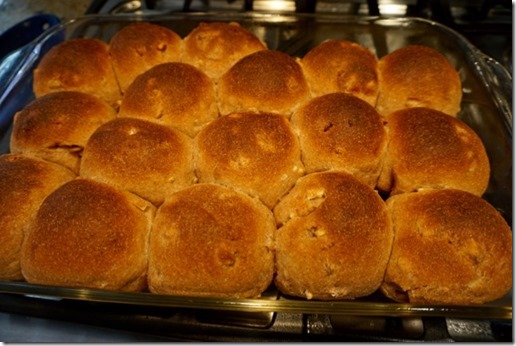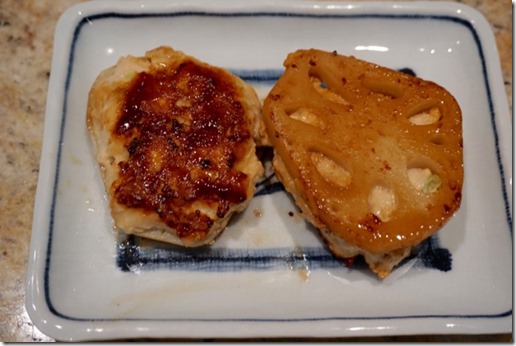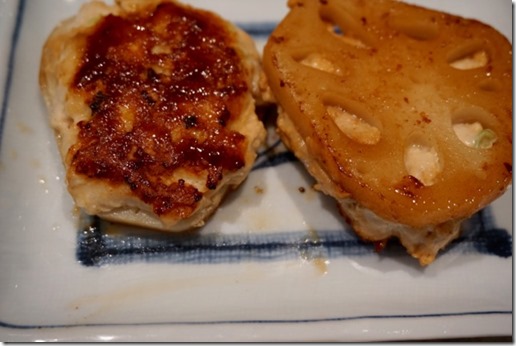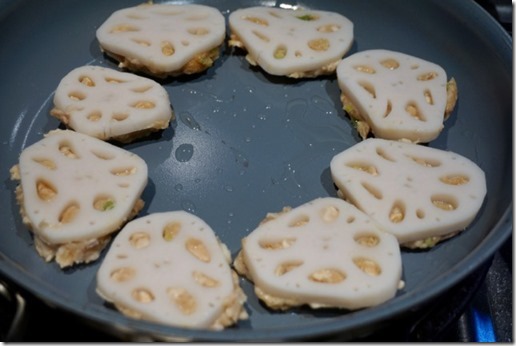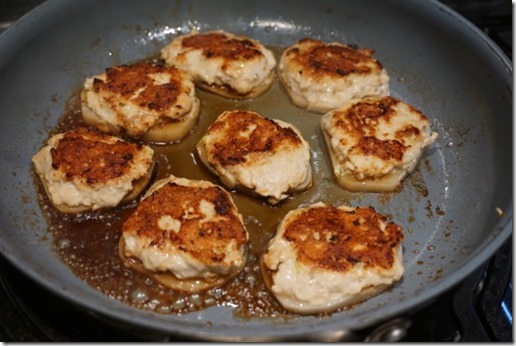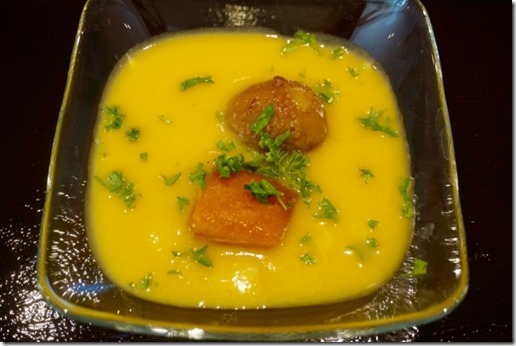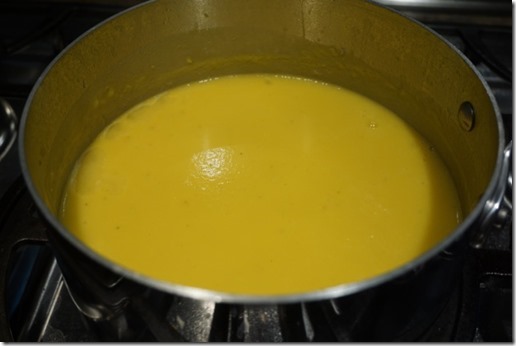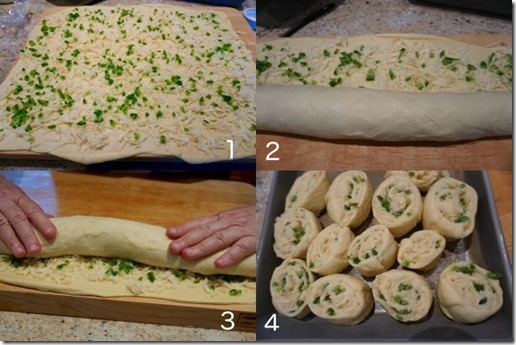Since my wife got chestnut flour, she searched for some recipes and came up with this Tuscan chestnut cake. This is indeed an interesting cake. As
the recipe indicated, it requires wine to "wash it down".
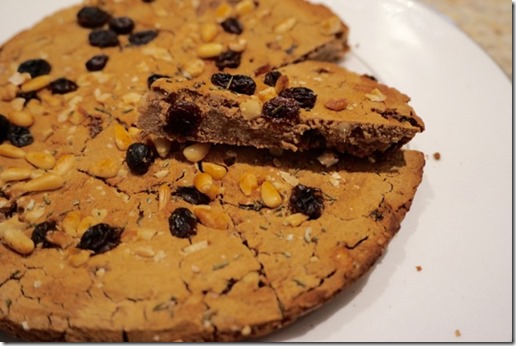
This is a flat cake without any leavening agents. It is savory in taste with rosemary, pine nuts, walnuts and raisins.

My wife put some of these in the batter and some on the top.

We made a few variations from the original recipe.
INGREDIENTS
2 ounces raisins
16 ounces chestnut flour
2 tablespoons sugar
Zest of one lemon,
Pinch salt
2 cups water
3 tablespoons olive oil, plus more for pan
1 fresh rosemary sprig, leaves picked and finely chopped
1 ounce toasted chopped walnuts
1 ounce toasted pine nuts
DIRECTIONS
Preheat the oven to 375 degrees F.
Place the raisins in a ramekin of water to soften for 20 minutes.
In a large mixing bowl, sift the chestnut flour. Add the sugar, lemon zest, and pinch of salt, mix well and then gently start adding the water to the mix.
Using a whisk, beat the mixture well making sure to eliminate any lumps, then add 2 tablespoons olive oil, and half of the raisins, nuts and rosemary and mix again.
Lightly oil an 11-inch pie plate with 2-inch sides with olive oil and pour in the batter it should be no more than 1/3-inch thick. Sprinkle the cake with rosemary leaves, the remaining softened raisins, walnuts, and pine nuts. Sprinkle with 1 tablespoon olive oil and bake for about 40 minutes.
We used a rustic looking ceramic pie pan.

We used finely chopped fresh rosemary from our herb garden.

This is a very interesting cake. It has the texture and taste of a very large chestnut smashed into a flat piece. The predominantly chestnut flavor and texture is accented by intriguing overtones on rosemary and pine nuts (I couldn’t detect any walnut flavor). The original recipe said that this was not “kid friendly” and they were right. This is definitely not for desert and will not go well with coffee or tea. But the flavor grows on you. Also over time the rosemary and pine nut flavor marry into the chestnut flavor and the cake gets better. We were probably too careful about adding too much rosemary. This time of year the rosemary in our garden is extremely aromatic and tacky with oil—probably at its best for the season. Next time we can be a lot more aggressive with that herb. This cake reminded me of when I was introduced to the Italian liquor Compari. When I first tasted it, the flavor was very strong/bitter, unique and distinctive and I wasn’t sure I liked it. But then it grew on me. The cake is rather crumbly and we ended up eating it in chunks rather than slices. Since the raisins, pine nuts and rosemary we put on the surface just fell off as we ate and while we stored the cake, my wife suggested that next time we just mix all of it into the batter.
We had this with red wine and that combination worked out well. This cake ranks next to my wife’s
anchovy black pepper cookie . They are of a similar genre. Both go well with sipping wine rather than as a "dessert".



